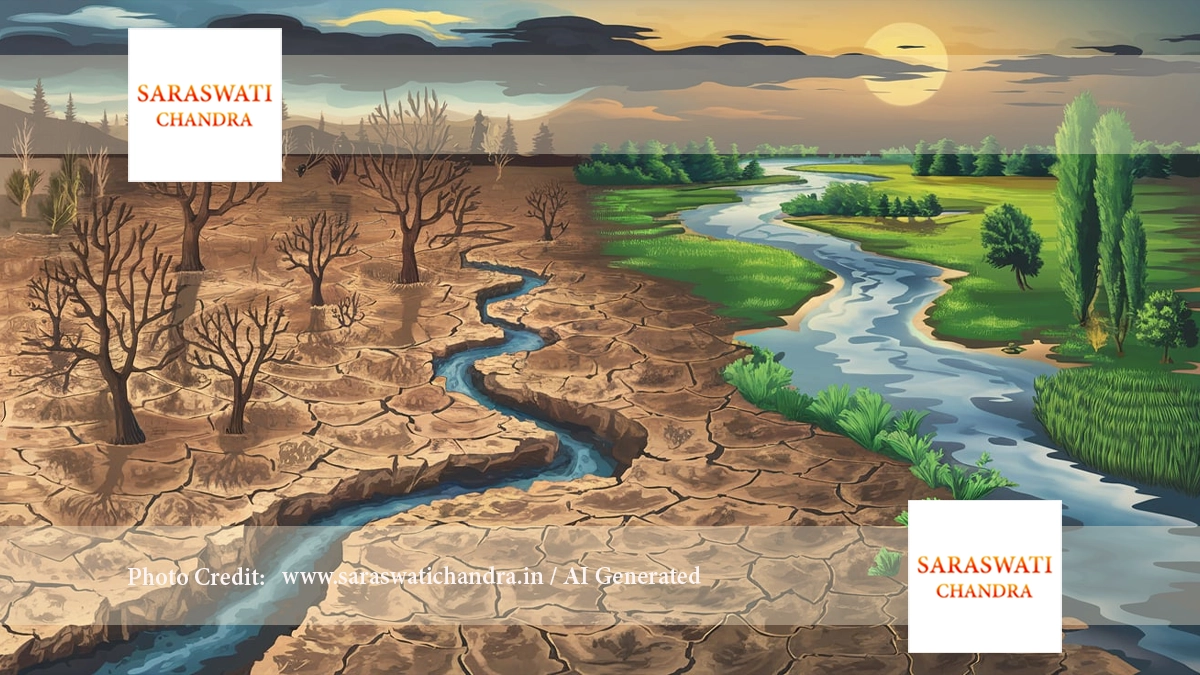What is Hydroclimatology?
Hydroclimatology is the scientific study of the interactions between climate and water systems. It explores how climatic factors such as temperature, precipitation, and evaporation affect hydrological processes. This interdisciplinary field merges both hydrology and climatology, providing insights into the behavior of water resources in varying climatic conditions. Understanding these interactions is essential in forecasting water availability, managing droughts, floods, and addressing the impacts of climate change.
Importance of Hydroclimatology
Hydroclimatology plays a crucial role in water resource management. With the increasing effects of climate change, understanding the connection between water and climate is more important than ever. By analyzing long-term climate patterns and water cycles, hydroclimatologists can predict water shortages, flooding, and droughts. This knowledge supports sustainable water management and planning for agricultural, urban, and environmental needs.
The Relationship Between Climate and Water
The relationship between climate and water systems is complex. Climate affects precipitation patterns, river flow, groundwater recharge, and the timing of snowmelt. For instance, areas with increased rainfall may experience better water availability, while regions with reduced precipitation might face water scarcity. Additionally, shifts in climate patterns, such as the El Niño and La Niña phenomena, can lead to unexpected changes in regional water systems, making it difficult to predict water resource trends accurately.
How Climate Change Impacts Hydroclimatology
Climate change has profound implications for hydroclimatology. As global temperatures rise, alterations in precipitation patterns are becoming more apparent, with some areas experiencing heavier rainfall, while others face extended dry periods. These changes are not only influencing local weather conditions but are also reshaping entire hydrological systems. Rising temperatures can lead to increased evaporation, affecting both water quality and availability.
For example, hotter temperatures cause more water to evaporate from lakes and rivers, reducing the amount of available freshwater. Additionally, shifting rainfall patterns can lead to more frequent and intense flooding in certain areas while others suffer from droughts.
Hydroclimatology and Water Resource Management
Hydroclimatology offers valuable insights for effective water management. By understanding how climate variability impacts water supply and demand, decision-makers can better plan for future water needs. This includes preparing for periods of water scarcity or excess water, such as flooding. Accurate predictions made through hydroclimatic studies are essential for managing agricultural irrigation, municipal water systems, and flood control measures.
Applications of Hydroclimatology
- Drought Prediction and Management: Hydroclimatologists use climate models to predict drought conditions by analyzing patterns such as decreased rainfall or increased temperatures over time.
- Flood Forecasting: By studying rainfall patterns and river flow, hydroclimatology helps forecast potential flooding, enabling early warnings and mitigating potential damage.
- Water Quality and Availability: Hydroclimatology is integral in assessing how climate change affects water quality. Changes in temperature and precipitation patterns influence the health of aquatic ecosystems and water resources.
- Climate Change Adaptation: Understanding hydroclimatic trends allows policymakers and researchers to develop strategies for adapting to climate change impacts on water systems, ensuring sustainable water use.
Key Challenges in Hydroclimatology
One of the significant challenges in hydroclimatology is accurately predicting future water availability due to the complex and unpredictable nature of climate patterns. As global temperatures continue to rise, it is becoming increasingly difficult to model water system changes with high precision. Additionally, the increased frequency of extreme weather events, such as heatwaves and hurricanes, complicates water management efforts.
Future of Hydroclimatology
The future of hydroclimatology is promising, as new technologies and methodologies allow for better data collection and analysis. Advances in remote sensing, climate modeling, and big data analytics will enable scientists to gain a more comprehensive understanding of how climate systems impact water. With the increasing urgency of addressing climate change and water scarcity, the role of hydroclimatology will only continue to grow.
Conclusion
Hydroclimatology is a vital field of study that enhances our understanding of how climate affects water systems. As we face the challenges posed by climate change, it becomes even more important to study the interactions between water and climate. From predicting droughts and floods to managing water resources sustainably, hydroclimatology provides critical insights that can help mitigate climate-related water issues and ensure water security for future generations.
